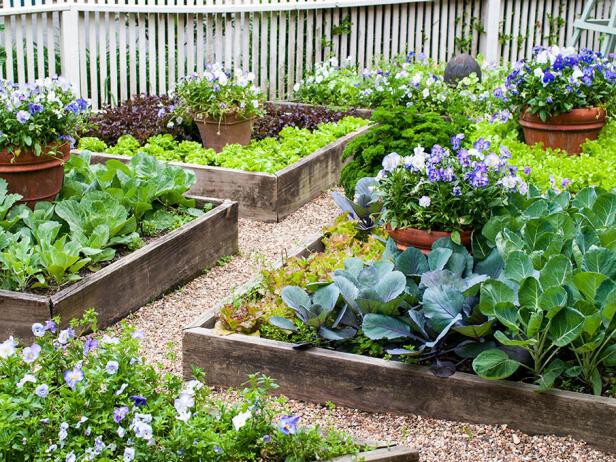
I’m a big fan of raised-bed gardening. I love being able to start fresh with high-quality soil, instead of testing and amending and re-testing and re-amending (or just planting and hoping for the best).
I also love the aesthetics of raised-beds. Those neat wooden rows speak to the part of my heart that loves to make order out of chaos.
But even with all their benefits, raised beds aren’t the right choice for everyone. Here are some of the pros and cons of veggie gardening in raised beds:
Pros of Raised-Bed Gardening:
· More control over the location of the garden
· Ability to choose the best soil for your particular plants
· More efficient draining
· Can be easier on backs and knees due to less bending and stooping
· Easier to keep out weeds
· The soil warms up earlier in a raised bed, so you can plant earlier and extend your growing season
· Better ability to keep out ground-dwelling pests
Cons of Raised-Bed Gardening:
· Can be more expensive to get started
· Require careful planning to make sure there is enough room for plants that need to spread out, and to ensure that you can reach the middle to tend the plants
· Because raised beds drain so efficiently, they will also need to be watered more often and my require an irrigation system
Raised Beds Versus Containers?
At first glance, raised beds can look like large containers. But raised beds do not have bottoms like a planter or box would – they are built directly on top of the ground. Some raised beds don’t have walls at all, and are simply piles of soil mounded on top of the existing soil! Veggie container gardening is another great option to consider if you’re working with limited yard space or less-than-ideal soil conditions.
Once you’ve made the decision to use raised beds, you’ll need to choose what kind of materials to use – and then, of course, build and set up your beds! Stay tuned for another post soon on how to build and prepare your raised garden.